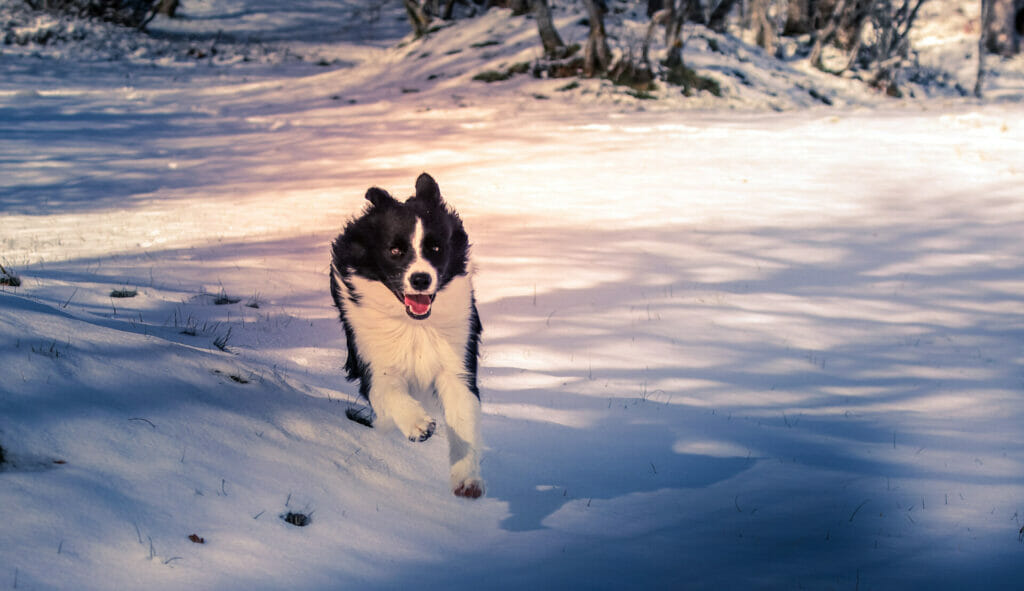Coming when called is a valuable skill that all dogs should know. Being able to recall your dog can help to keep your dog safe if they are heading towards something dangerous or ever accidentally darted out of an open door. The key to teaching dogs to come when called is to make being near us fun and to continuously reward our dogs for coming.
Pick training locations carefully:
When teaching your dog to come when called, it’s essential to set your dog up for success by teaching the skill in an area with limited distractions. Start by teaching your dog to come when called inside your house. Then, when your dog understands the skill in this quiet location, slowly transition to working on coming when called in locations with more distractions.
Supplies needed:
You don’t need a lot of supplies to teach your dog to come when called. When teaching your dog to come when called, you’ll need lots of high-value treats your dog likes. You’ll also want to have a regular six-foot leash for your dog to wear when you start to practice outside of fenced areas. In addition, it’s helpful to have a long-line leash for advanced recall practice.
Teaching your dog to come:
Step 1: To teach your dog to come when called, start with your dog near you inside your house or area without many distractions. Say your dog’s name, and when your dog turns to you, praise and reward your dog next to you.
Step 2: Repeat several times. When your dog is consistently turning towards you, introduce your verbal cue like “come” or “here” when your dog moves towards you. Then, praise and reward your dog.
Step 3: Continue to practice this skill in low distraction environments moving slightly further away from your dog during the practice sessions so your dog must recall further. If your dog enjoys playing with toys, you can also incorporate toy play/rewards. The idea is to make coming near you a fun game for our dogs. You can also move away from your dog as you give your cue to come to encourage your dog to chase, rewarding your dog with praise and treats when they reach you.

Step 4: Practice on-leash recalls with your dog in slightly more distracting areas. While your dog is on the leash and close, ask them to “come” and then reward and praise your dog. Then, take a step back each time you practice until you get to the end of your leash. This will make it easier for your dog to be successful with coming when you call. Then, during your practice sessions, work back up to farther distances.
Step 5: When your dog is ready for more challenges, bring out a long-line leash and attach it to your dog. This will allow you to practice your dog recalling to you at a more considerable distance while ensuring that if your dog gets distracted and doesn’t come when called, you’re still connected to your dog. Remember to reward still and praise your dog when they come. If at any point your dog struggles when coming when called, use this to inform your next training session and ask your dog to come from a closer distance with fewer distractions and then slowly build up to more distracting situations and further distances.
Never punish your dog:
Teaching your dog to come when called can be stressful and frustrating, but you never want to let your dog know you’re getting overwhelmed. As much as possible, try to keep your training sessions positive, only asking for your dog to come when they are going to be successful. For example, if your dog is just learning to come when called, don’t ask for that behavior when they are super distracted. If your dog doesn’t come when called, go over to your dog, get their attention with a treat or toy, and reward your dog for being near you. Even if your dog doesn’t come or comes slowly, we never want to scold or punish our dogs. Instead, we want to praise and reward our dogs but set them up for a more straightforward call in the next training session. “Come” is a tricky skill because it requires dogs to turn away from things they are interested in, so we want to highly reward them for choosing us in those moments.




















